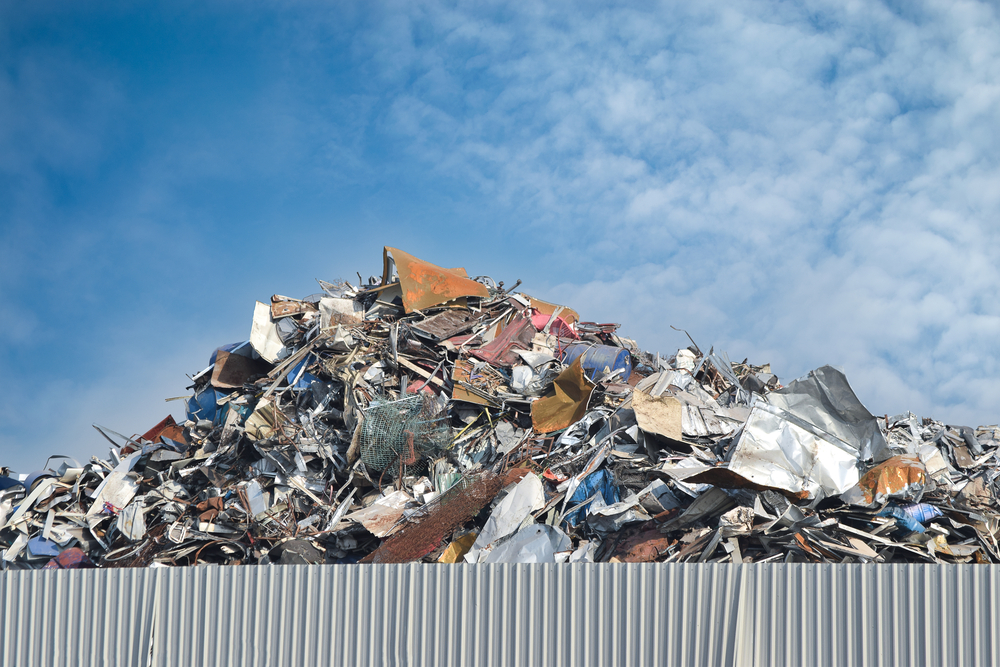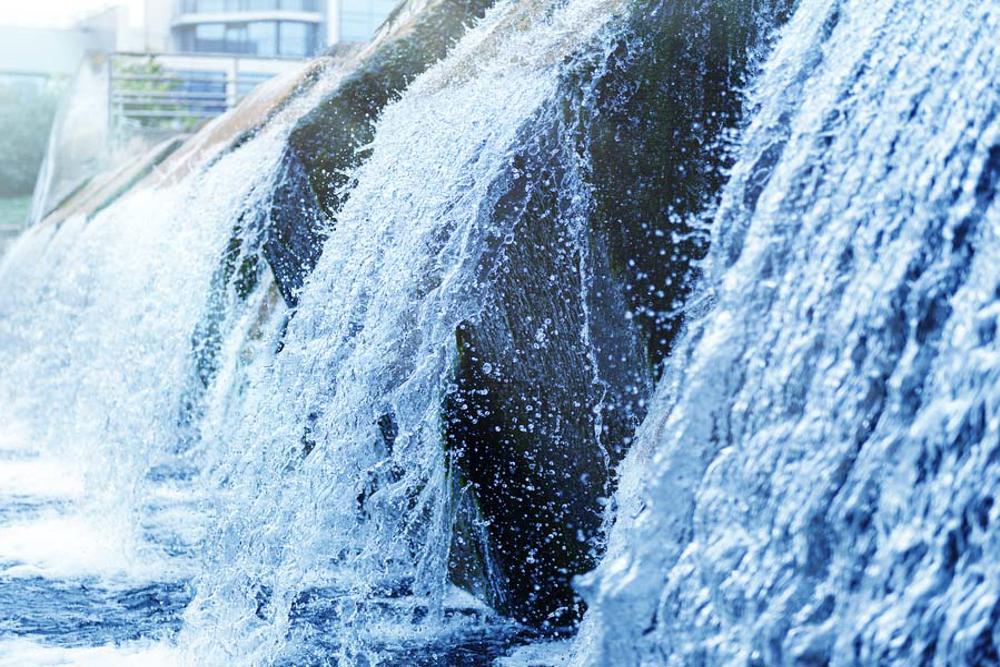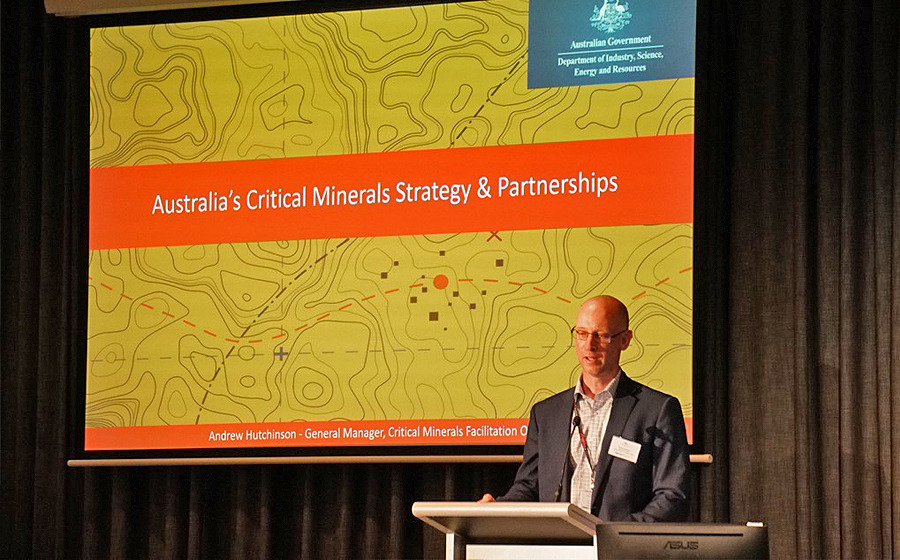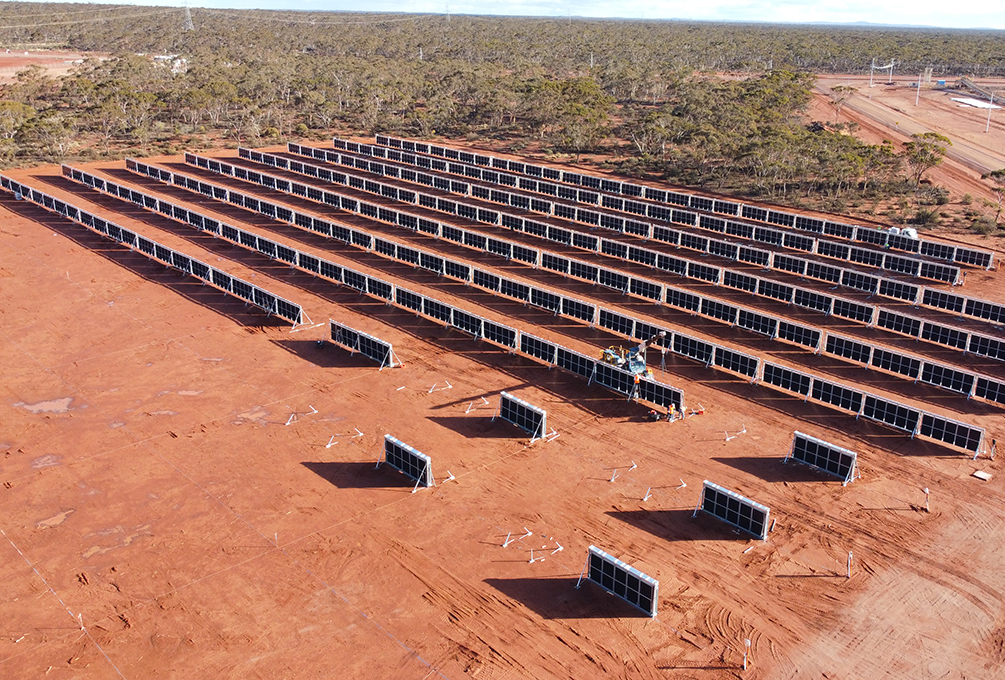
Scrap metals demand growth is forecast to outpace primary metals over the next two decades. However, it will remain underutilised compared to its overall availability, says global energy research and consultancy group, Wood Mackenzie.
Consumer and investor pressures demanding recycled content are starting to change the market. Policies that mandate greater recycling rates are also driving cleaner and more reusable scrap collection.
Wood Mackenzie principal analyst, Renate Featherstone, said governments across the globe generally share a focus on keeping reusable materials out of landfills.
“These should, in theory, lead to greater scrap availability and use. However, there are no universal laws that encourage the consumption of recycled materials.”
Europe, for instance, collects scrap but does not have enough scrap-smelting capacity to use all the scrap generated. Consequently, vast quantities of scrap are exported. Unverifiable quality for end-of-life scrap has deterred higher scrap use. But solid waste management laws are tightening, leading to increased scrap separation and quality monitoring.
“In addition to policy changes, widescale use of scrap metals must go hand-in-hand with compelling incentives and quality assurance,” Featherstone said.
Wood Mackenzie believes a strong economic rationale exists for greater scrap processing and use. Capital investment costs for aluminium scrap processing facilities are typically 10 per cent of primary metals, and 50 per cent or less for steel.
From an environmental perspective, secondary aluminium production has a carbon footprint five to 25 times lower than primary metal production. For steel, the largest industrial emitter, emissions can be around 30 per cent lower compared to today, despite growing demand.
Wood Mackenzie vice chairman, Julian Kettle, said it is estimated that using all available scrap could bring down aluminium and steelmaking emissions by up to 600 million tonnes (Mt) a year each.
“If a universal carbon tax rises to US$110/tonne, each relevant industry could save US$66 billion a year. This is a huge incentive for increased scrap use.”
However, Kettle pointed out that even with increased scrap availability, scrap cannot eliminate the need for primary metal. Mining, refining and smelting will remain part of our lives for many decades to come.
Wood Mackenzie’s base case assumes an additional 200 Mt per annum of steel scrap used by 2040. This means 80 Mt/a of new iron units will still be required to meet demand, and yet there is already more than enough scrap in the system to meet this additional demand.
For aluminium, additional demand for primary metal to 2040 could be half of the base case forecast of 75 Mt/a.
“Policy-driven improvements in closed-loop recycling and scrap segregation will enable higher scrap utilisation. A carbon policy is a driving force for change. When it comes, we will see an inevitable restructuring of the carbon-intensive steel and aluminium industries with scrap playing a starring role,” Featherstone shared.
“Nevertheless, we will still need to mine for metals. The difference is we can at least plan how to meet our almost insatiable demand while remaining at today’s level of mining. Scrap certainly can fill part of the supply gap but not all.”












